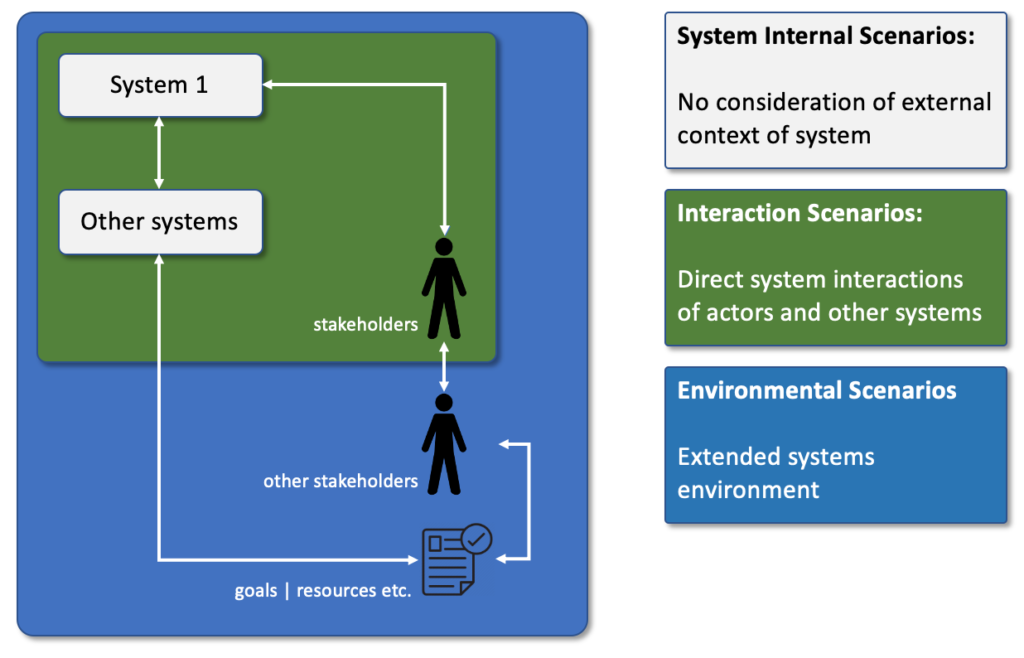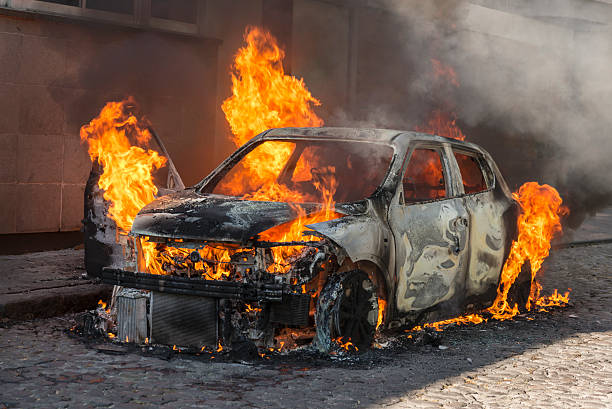What is happening?
It seems to many that we are in the middle of a world-changing crisis. Countries all over the world are going into lockdown, people stay at home, economies collapse, unemployment numbers explode, whole industries disappear overnight. What to expect after COVID-19?
PLEASE TAKE THIS SURVEY
AND SEE WHAT OTHERS EXPECT AFTER COVID-19
LINK TO SURVEY
Although Steve Jobs referred to our personal decision making and life choices when he said:
“You can’t connect the dots looking forward; you can only connect them looking backwards.”
Stev Jobs
It is important to keep this mind in when analyzing our current situation and making predictions about the future. In recent days many have endeavored into predicting the future after COVID-19. Before we are getting too excited about these different visions, let’s remind ourselves:
- What we do know:
- The future is not written and not predictable
- The variety of human traits and behaviors
- The variety of beliefs
- The fractal structure of the development of human society
- What we do NOT know:
- Reliable data and information about this specific coronavirus
- What will happen in the future
- How people will react to a given situation (deciders and the general public)
When I talk about fractal structure I am referring to the self-similar behavior of societies and people throughout history – assuming that the appearance of this virus is not likely to disrupt this kind of fractal behavior that has been innate to human societies for the last 100.000 years and more.
We have to keep this in mind and accept the fact that we do not know whether we are in the early moments of this crisis, right in the middle of it or already overcoming it. With the very limited information, we have right now and the typical behavior observed in historic events, we can, however, engage in some kind of scenario analysis of different dimensions defining society. These scenarios can be extremes on a spectrum of possibilities and just naming them does not indicate any preference. However, we have to be aware of these possible scenarios. What the real future will look like heavily depends on how we will act and be prepared for these extremes on the spectrum of possibilities.
Research on scenario management has been around for many years, but might never have been more relevant today. In a world where everyone tries to tell us that his or her truth is the only one – it makes sense to delve a bit deeper into scenarios.
“What the real future will look like heavily depends on how we will act and be prepared for these extremes on the spectrum of possibilities.”
Scenarios generally focus on the interaction between systems and their environment. However, they can also address a context within systems. A system in that sense can be a country, city, organization or family, depending on the level at which you want to perform scenario analysis. They can also represent the interplay of components within a system, eg. government vs. military, finance department vs. HR, father vs. grandmother; applying components to the previous system examples. When exploring interaction scenarios they can be studied in an outbound or inbound direction (Figure 1).

Scenario management is not a standalone model but is based on the interplay between different theories (see bibliography):
- Organizational Theory
- Decision Theory
- Psychology
- Cognitive Science
- Knowledge Representation Theory
- Concurrent Specification Theory
Although scenario management has been mainly applied to strategic management and systems engineering, it provides an interesting framework for us to consider in these days.
Scenarios Post-COVID-19
In the second part of this article I will outline possible outcomes of the COVID-19 crisis. Although they are technically not complete scenarios, for the purpose of this article I have pitched opposing outcomes and situations against each other. All of the described scenarios or outcomes have happened at some point in human history. Whether they prevailed or not is not relevant. What is relevant that depending on the systems acting in our society, their goals and available resources as well as the interaction among these systems and stakeholders, your future will be determined. Since each one of us is an important element in this system it is actually US who determines the future.
The scenarios I outline here do not attempt to either be very extreme nor overly shallow. No preference is given to any of them, however, they do have historic relevance.
POPULATION & PEOPLE
“This pandemic will bring people together and create a brighter future for everyone.”, “Finally people will understand that we have to and can change our behavior in order to save the planet.” … statements like these have been going around in recent days, proclaiming that the crisis created, based on this virus will result in something positive and beautiful. The complete opposite might be true. I do prefer to be a realistic optimist and want to point out a number of potential scenarios and their extremes:
PERSONAL
Scenario 1:
- Increased consciousness about oneself: vision of life, health, exercise, relationships
- While in quarantine, people engage in behavior to improve these points
- This behavior turns into habits (if the condition is maintained long enough)
- People see a significant improvement in their personal development in the long run
- Life expectation, happiness, health standards go up
Scenario 2:
- Reduced mobility and suboptimal nutrition deteriorates health, exercise, relationships and outlook on life
- Obesity more than doubles on a global average during the COVID-19 crisis
- Mobility is heavily reduced also post-crisis, cardiovascular diseases are on the rise
- Healthcare costs achieve unknown heights with the average life expectancy falling by 10 year after the crisis
INTRAFAMILY
Scenario 1:
- Families discover each other during the crisis and grow together
- Activities with friends and families are the new status symbol
- Relationships improve and intrafamily violence drops by 90%
- Big families are celebrating a comeback. The average number of children per family in the western world grows from 1.27 to 2.23
Scenario 2:
- Being forced into prolonged quarantine in reduced spaces, Intrafamily violence explodes during the crisis and stays high afterwards
- The number of divorces triples after the crisis.
- Living alone becomes the new status symbol
INTERPERSONAL
Scenario 1:
- Interpersonal connections and friends take precedent over professional development
- People recover their humanity People will recover their humanity and spend more time together
- Social clubs more than triple and people spend a considerable amount of time in diversifying their relationships
Scenario 2:
- Physical distancing will remain, even after the crisis finally ends
- Xenophobia will grow further as national separation continues
- Humans will turn more individualistic, interpersonal trust is never recovered
CULTURE
Scenario 1:
- People become more culturally aware
- The number of books read on average more than triples and even after the quarantine is over stays at double the value pre-crisis
- Theaters, museums and opera celebrate a comeback and a boom. It becomes the norm to have at least one cultural event per week, in person or virtually
Scenario 2:
- The increase in consumption of TV content over the quarantine requires more and cheaper production of new content
- Mass consumption of TV increases, time people save in commuting and interacting with each other is now spent in front of TV
- Viewing times skyrocket … adding to already existing health emergencies
- Theaters, museum and operas have to close, by 2025 more than 50% of cultural institutions are gone
MATERIAL PRODUCTS
Scenario 1:
- Quarantines will be over after 2 months
- Global production and Supply Chains prove to be very resilient
- All essential products stay on shelves throughout and after the crisis
- After just another 2 months, supply of products is back to pre-crisis standards
Scenario 2:
- Quarantine will stay in place in most countries for 12 months
- Global production and supply chains collapse after the initial 3 month
- Prices for products double by May 2020
- Large parts of the population do not have reliable access to food by beginning of June
- In many countries criminal organizations take over supply chain operations
- It takes until 2025 to have production and supply levels back to 60% of pre-crisis standards
SOCIAL ORGANIZATION
Scenario 1:
- A general sense of community and helping each other is developed
- Community organizations are growing during the crisis
- By 2022, on average, each citizen is active in at least one social or community oriented organization
- Taking care of each other is being developed as a general trait
- Crime rate drops to values less than 20% of pre-crisis rates
- By 2025 most countries have reduced investment in army and police force by 50%
Scenario 2:
- Being afraid of new infections, a general distrust among people prevails
- Because of isolation and food scarcity, the social fabric collapses
- By May 2020 most countries have their army and police force on the street permanently
- Crime rate rockets to unknown levels
- By 2025 most countries stay either militarized or have some kind of military government
- Open military conflict between countries previously friendly to each other is on the table
SOCIAL INSTITUTIONS (just some examples)
GOVERNMENT
Scenario 1:
- Inspired by the newly developed sense of community, governments start to decentralize
- More decision making power is given to the people on a community level
- Creativity and innovation in people and companies is encouraged, giving them more freedom
- Community self-organization opens the door finding solutions on a local level
- Cohesion among communities is strong and helping each other comes natural
Scenario 2:
- Most governments get a taste of of ruling by centralized orders
- Civil liberty right are more and more limited, reason: the greater good
- In some countries elections are cancelled and governments declare perpetuity to: save the nation
- Government power is increasingly centralized, local and regional government just implement decision made elsewhere
- Centralized governments create unifying messages for their nation, externalizing guilt for economic and political problems
COMPANIES
Scenario 1:
- 90% of companies make it successfully through the crisis
- The crisis is perceived as having activated companies in becoming more socially responsible
- Innovation and change come natural to the companies that survived
- Having been supported by their company through the crisis, employees stay more than twice as long with their company, compared to pre-crisis.
- Productivity levels increased by 10%, combined with increased social responsibility, employee payment grows 15% omg average
Scenario 2:
- Companies are ordered by governments to switch to production of products “vital for the survival of the nation”
- Companies who cannot provide products declared as “vital” are not being supported and collapse
- After the crisis the companies who were “vital for the survival of the nation” collapse
- Companies with established lobby contacts in the central government flourish
- BY 2025 the stock market still lingers at 50% of pre-crisis levels.
UNIVERSITIES / SCHOOLS
Scenario 1:
- Universities and schools successfully managed to switch to online teaching
- After the crisis this sense of innovation and change leads to rapid structural change in education, using new blended models
- By 2025 universities are considered the big winners of the crisis, bringing education to the most remote places through a new model of operation and rebuilding the economy globally
- Public and private schools and universities develop new models of working together, bringing the new community sense to education
Scenario 2:
- Universities and schools successfully managed to switch to online teaching
- Students start comparing and teaching universities start to compete directly with cheaper online alternatives. 50% are closed by 2025.
- Research Funding has dried out completely by 2022, having now also research oriented universities struggle
- By 2030 the overall number of universities is at 50% of pre-crisis levels
- By 2022 in an attempt to save universities, complete campuses are being sold for a symbolic 1$ if the buyer guarantees maintaining jobs and operation for at least 5 year
NGOs
Scenario 1:
- With the new sense of community, NGO play an ever increasing role in our society
- Donations are more than double by 2022, compared to pre-crisis levels
- It is considered a status symbol to work for an NGO
Scenario 2:
- Funding and donations for most NGOs have dried out and is now at 30% of pre-crisis levels
- It’s become impossible to operate under centralized government orders, by 2025, 50% of NGOs are closed
- Being helped by others is seen as suspicious, it becomes dangerous to work for an NGO
This is the Future
Now, with these scenarios in mind, where do you expect us to be in 2030 and how will we look back on history? Again, the future is not written and actually depends on us, whether we like it or not to have this historic responsibility.
We are currently living the largest human experiment ever performed. It spans continents and, with a lot of uncertainty, we are making many bold decisions these days. How will the experiment turn out? What does the future hold for us?
I need your support and would like to explore whether and how the “wisdom of the crowd” can help us to build a path into the future. The following link guides you to a survey that will as you on how you personally think these scenarios will turn out. Once we have enough data gathered I will publish these results here. Thank you for your support.
Bibliography:
[1] Jarke M, Carroll J M, Bui T. “Scenario Management: An Interdisciplinary Approach”. Requirements Engineering. January 1998
[2] Gausemeier J, Fink A, Schlake O. “Scenario Management: An Approach to Develop Future Potentials”. Technological Forecasting and Social Change Volume 59 Issue 2. October 1998. ph. 111-130
[3] Essentials of Shock Management: A Scenario-Based Approach
[4] An Introduction to Management Science: Quantitative Approaches to Decision Making
[5] Scenario Planning in Organizations: How to Create, Use, and Assess Scenarios


1 comment
The crisis has brought a lot of uncertainty to people all over the world. Nevertheless I believe that all of us can have a positive impact towards the outcome with our daily choices. Together we can make sure that we all come back stronger with a new sense for environmental awareness and sustainability.
Comments are closed.